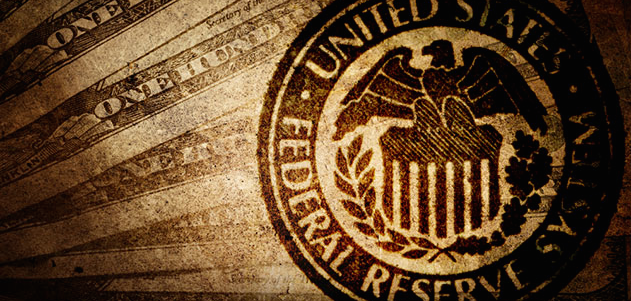The Federal Reserve kept interest rates close to zero on Wednesday evening, and indicated that they will remain as they are until the American economy recovers from the coronavirus pandemic. Fed Chair Jerome Powell said that there is no plan to raise interest rates, with supporting the economy the priority – and that recovery will take some time.
Alongside the interest rate decision, the Fed released economic projections suggesting a 6.5% fall in GDP in 2020 as a consequence of the Coronavirus pandemic. However, 2021 is expected to show gains of 5% followed by 3.5% in 2022 - both above the US economy’s long-term trend lines.
The Fed reiterated its commitment from its April meeting that it expects to maintain its target range of 0–0.25% until it is confident that the economy is recovering and is on track to achieve maximum employment targets and price stability.
The Fed also indicated that it would continue to increase its holdings of bonds, targeting purchases of Treasury bills at $ 80 billion per month and mortgage-backed securities at $ 40 billion.
The Federal Open Market Committee (FOMC) met this week as states began to reopen and after US unemployment saw its worst ever monthly drop, immediately followed by the biggest employment gains ever. Additionally, the meeting came in the same week that the National Bureau of Economic Research announced that the recession started in February, ending the longest expansion period in US history.
Powell said during the press conference that economic forecasts were made with "the general expectation of an economic recovery that begins in the second half of this year and continues over the next two years, supported by interest rates that remain at their current level near zero."
At the beginning of March, the Federal Reserve cut its target range for interest rates to 0 - 0.25%, in a similar policy to that chosen during the global financial crisis of 2008-2009. This rate serves as a benchmark for short-term bank borrowing as well as a guide for most consumer borrowing.
Officials did not release their quarterly economic forecasts at the March meetings as uncertainty prevailed over how long the United States would be under lockdown and how deep the damage would be.
These forecasts were released this week: below are the key figures for 2020, followed by the following two years and long-term forecasts:
- Interest rates: 0% -0.25% until 2022, and long-term at 2.5%
- GDP: -6.5% in 2020 | 5% 2021 | 3.5% 2022 | 1.8% 2023
- Unemployment:3% 2020 | 6.5% 2021 | 5.5% 2022 | 4.1% 2023
- headline inflation:8% by 2020 | 1.6% 2021 | 1.7% 2022 | 2% 2023
- Core inflation: 1% by 2020 | 1.5% 2021 |, 1.7% 2022.
However, Powell stressed that the pace of recovery depends on the course of the Coronavirus and indicated that economic forecasts should not be interpreted as official expectations.
